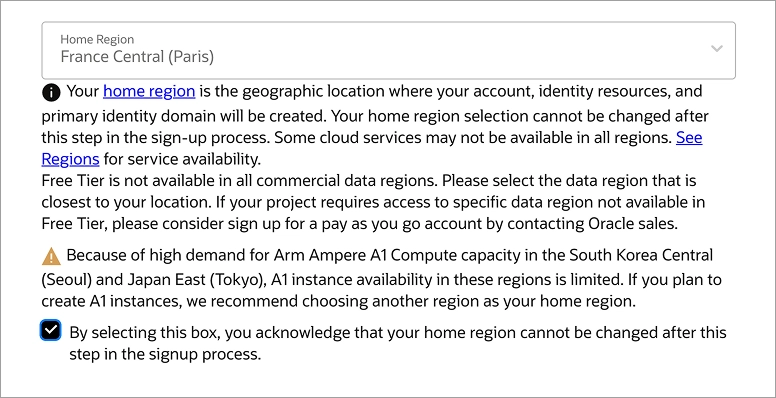Exploring JavaScript's "Event Loop"
— The Unsung Hero of Asynchronous Programming JavaScript is a versatile language that powers everything from simple websites to complex web applications. However, beneath its seemingly simple syntax lies a complex system that enables smooth performance, especially when dealing with asynchronous operations. This system is known as the Event Loop — an often-overlooked but crucial feature of JavaScript. In this article, we’ll dive into what the event loop is, why it’s important, and how it helps manage asynchronous behavior in JavaScript. What is the Event Loop? At its core, the event loop is a mechanism that allows JavaScript to execute code asynchronously, without blocking the execution of other code. It enables JavaScript, which is a single-threaded language, to handle multiple tasks concurrently (without actually running multiple threads). In simpler terms: the event loop allows JavaScript to handle long-running operations (like waiting for API responses or user interactions) while still keeping the user interface responsive. The Single-Threaded Conundrum JavaScript runs in a single thread, which means it can only perform one operation at a time. This poses a challenge when dealing with asynchronous operations like: API calls to a server Timers (setTimeout, setInterval) User events (clicks, keypresses) File reading Without the event loop, JavaScript would be forced to block the entire program while waiting for these tasks to complete. Imagine a situation where you need to wait for an API call to return data; without the event loop, the entire page would freeze while waiting. How the Event Loop Works: Here’s a simplified explanation of the event loop in action: Call Stack: JavaScript starts executing code in a stack (the call stack). If the code executes synchronously, it’s pushed onto the stack and executed. Once it’s done, it’s removed from the stack. Web APIs (Browser Environment): When asynchronous tasks are encountered, JavaScript delegates them to Web APIs (for example, handling setTimeout, making fetch requests, or listening for events). These tasks do not block the call stack. Callback Queue (Task Queue): After an asynchronous operation completes, its callback (the function that handles the result) is placed in the callback queue. Event Loop: The event loop’s job is simple: it checks the call stack. If it’s empty, it takes the first item from the callback queue and pushes it onto the call stack, allowing it to be executed. This is how asynchronous tasks get their turn to run. The Role of the Event Loop in Asynchronous JavaScript: Let’s illustrate how the event loop works in an example: console.log("Start"); setTimeout(() => { console.log("Inside setTimeout"); }, 2000); console.log("End"); Expected Output: Start End Inside setTimeout Explanation: console.log("Start") runs synchronously and logs “Start.” setTimeout is an asynchronous function. JavaScript doesn’t wait for it to finish; it delegates it to the browser’s Web API. console.log("End") runs immediately after, logging “End.” After the 2-second delay, the callback from setTimeout (logging “Inside setTimeout”) is added to the callback queue. Once the call stack is empty, the event loop picks up the callback and logs it. The Callback Queue, Microtask Queue, and Priority JavaScript has two types of queues: the callback queue and the microtask queue. Callback Queue: This is where tasks like setTimeout or event listeners sit until they are ready to be executed. Microtask Queue: This queue has a higher priority than the callback queue. Microtasks are typically tasks like Promises or MutationObserver callbacks. They are executed after the current operation but before the next event loop iteration. Example of Microtasks and Callback Queue: console.log("Start"); Promise.resolve().then(() => { console.log("Promise resolved"); }); setTimeout(() => { console.log("Inside setTimeout"); }, 0); console.log("End"); Expected Output: Start End Promise resolved Inside setTimeout Explanation: console.log("Start") and console.log("End") execute synchronously. The Promise.resolve().then() is added to the microtask queue, which gets executed before the callback queue. After the synchronous code is done, the microtask is executed, logging “Promise resolved.” Finally, the setTimeout callback is executed, logging “Inside setTimeout.” Why Should You Care About the Event Loop? Performance Optimization: Understanding how the event loop works can help you write more efficient code. Avoiding blocking the call stack with synchronous operations can prevent UI freezes or slow performance. Handling Asynchronous Code: Since JavaScript is single-threaded, managing asynchronous operations correctly is crucial. Promises, async/await, and callbacks all rely on the event loop to execute properly. Debugging: K
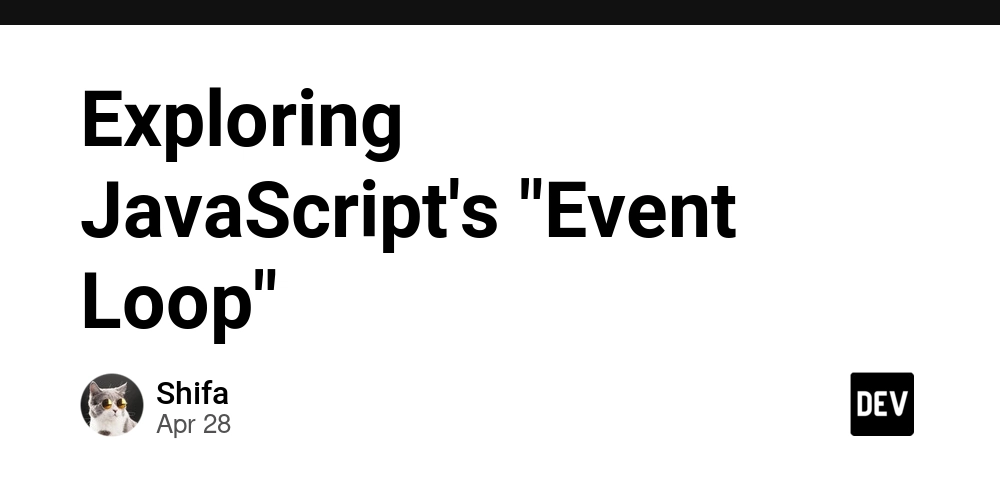
— The Unsung Hero of Asynchronous Programming
JavaScript is a versatile language that powers everything from simple websites to complex web applications. However, beneath its seemingly simple syntax lies a complex system that enables smooth performance, especially when dealing with asynchronous operations. This system is known as the Event Loop — an often-overlooked but crucial feature of JavaScript. In this article, we’ll dive into what the event loop is, why it’s important, and how it helps manage asynchronous behavior in JavaScript.
What is the Event Loop?
At its core, the event loop is a mechanism that allows JavaScript to execute code asynchronously, without blocking the execution of other code. It enables JavaScript, which is a single-threaded language, to handle multiple tasks concurrently (without actually running multiple threads).
In simpler terms: the event loop allows JavaScript to handle long-running operations (like waiting for API responses or user interactions) while still keeping the user interface responsive.
The Single-Threaded Conundrum
JavaScript runs in a single thread, which means it can only perform one operation at a time. This poses a challenge when dealing with asynchronous operations like:
- API calls to a server
- Timers (setTimeout, setInterval)
- User events (clicks, keypresses)
- File reading
Without the event loop, JavaScript would be forced to block the entire program while waiting for these tasks to complete. Imagine a situation where you need to wait for an API call to return data; without the event loop, the entire page would freeze while waiting.
How the Event Loop Works:
Here’s a simplified explanation of the event loop in action:
Call Stack: JavaScript starts executing code in a stack (the call stack). If the code executes synchronously, it’s pushed onto the stack and executed. Once it’s done, it’s removed from the stack.
Web APIs (Browser Environment): When asynchronous tasks are encountered, JavaScript delegates them to Web APIs (for example, handling
setTimeout, makingfetchrequests, or listening for events). These tasks do not block the call stack.Callback Queue (Task Queue): After an asynchronous operation completes, its callback (the function that handles the result) is placed in the callback queue.
Event Loop: The event loop’s job is simple: it checks the call stack. If it’s empty, it takes the first item from the callback queue and pushes it onto the call stack, allowing it to be executed. This is how asynchronous tasks get their turn to run.
The Role of the Event Loop in Asynchronous JavaScript:
Let’s illustrate how the event loop works in an example:
console.log("Start");
setTimeout(() => {
console.log("Inside setTimeout");
}, 2000);
console.log("End");
Expected Output:
Start
End
Inside setTimeout
Explanation:
-
console.log("Start")runs synchronously and logs “Start.” -
setTimeoutis an asynchronous function. JavaScript doesn’t wait for it to finish; it delegates it to the browser’s Web API. -
console.log("End")runs immediately after, logging “End.” - After the 2-second delay, the callback from
setTimeout(logging “Inside setTimeout”) is added to the callback queue. - Once the call stack is empty, the event loop picks up the callback and logs it.
The Callback Queue, Microtask Queue, and Priority
JavaScript has two types of queues: the callback queue and the microtask queue.
-
Callback Queue: This is where tasks like
setTimeoutor event listeners sit until they are ready to be executed. -
Microtask Queue: This queue has a higher priority than the callback queue. Microtasks are typically tasks like
PromisesorMutationObservercallbacks. They are executed after the current operation but before the next event loop iteration.
Example of Microtasks and Callback Queue:
console.log("Start");
Promise.resolve().then(() => {
console.log("Promise resolved");
});
setTimeout(() => {
console.log("Inside setTimeout");
}, 0);
console.log("End");
Expected Output:
Start
End
Promise resolved
Inside setTimeout
Explanation:
-
console.log("Start")andconsole.log("End")execute synchronously. - The
Promise.resolve().then()is added to the microtask queue, which gets executed before the callback queue. - After the synchronous code is done, the microtask is executed, logging “Promise resolved.”
- Finally, the
setTimeoutcallback is executed, logging “Inside setTimeout.”
Why Should You Care About the Event Loop?
Performance Optimization: Understanding how the event loop works can help you write more efficient code. Avoiding blocking the call stack with synchronous operations can prevent UI freezes or slow performance.
Handling Asynchronous Code: Since JavaScript is single-threaded, managing asynchronous operations correctly is crucial. Promises, async/await, and callbacks all rely on the event loop to execute properly.
Debugging: Knowing how the event loop works can help you identify why certain pieces of code behave unexpectedly, especially when it comes to timing issues or concurrency.
Conclusion: The Event Loop in Action
The event loop is the secret sauce behind JavaScript’s ability to handle multiple tasks efficiently, without needing multiple threads. By managing asynchronous code in a non-blocking way, it helps ensure that your web applications remain responsive while performing complex tasks in the background.
As you dive deeper into JavaScript, understanding the event loop will allow you to write cleaner, faster, and more efficient code. So next time you’re waiting for an API call to return data, remember: the event loop is hard at work, making sure everything runs smoothly.


































































































































































![[The AI Show Episode 143]: ChatGPT Revenue Surge, New AGI Timelines, Amazon’s AI Agent, Claude for Education, Model Context Protocol & LLMs Pass the Turing Test](https://www.marketingaiinstitute.com/hubfs/ep%20143%20cover.png)















































































































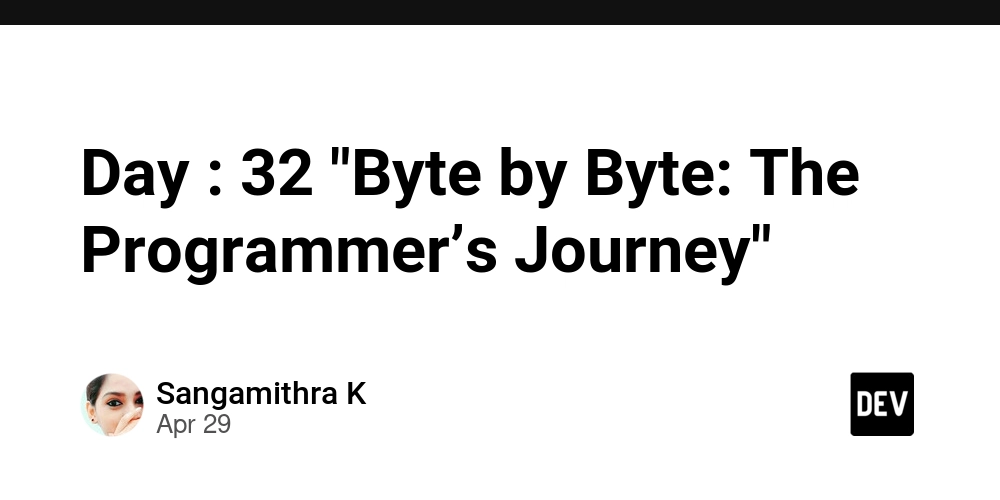

























































































































































_Muhammad_R._Fakhrurrozi_Alamy.jpg?width=1280&auto=webp&quality=80&disable=upscale#)
_NicoElNino_Alamy.jpg?width=1280&auto=webp&quality=80&disable=upscale#)




































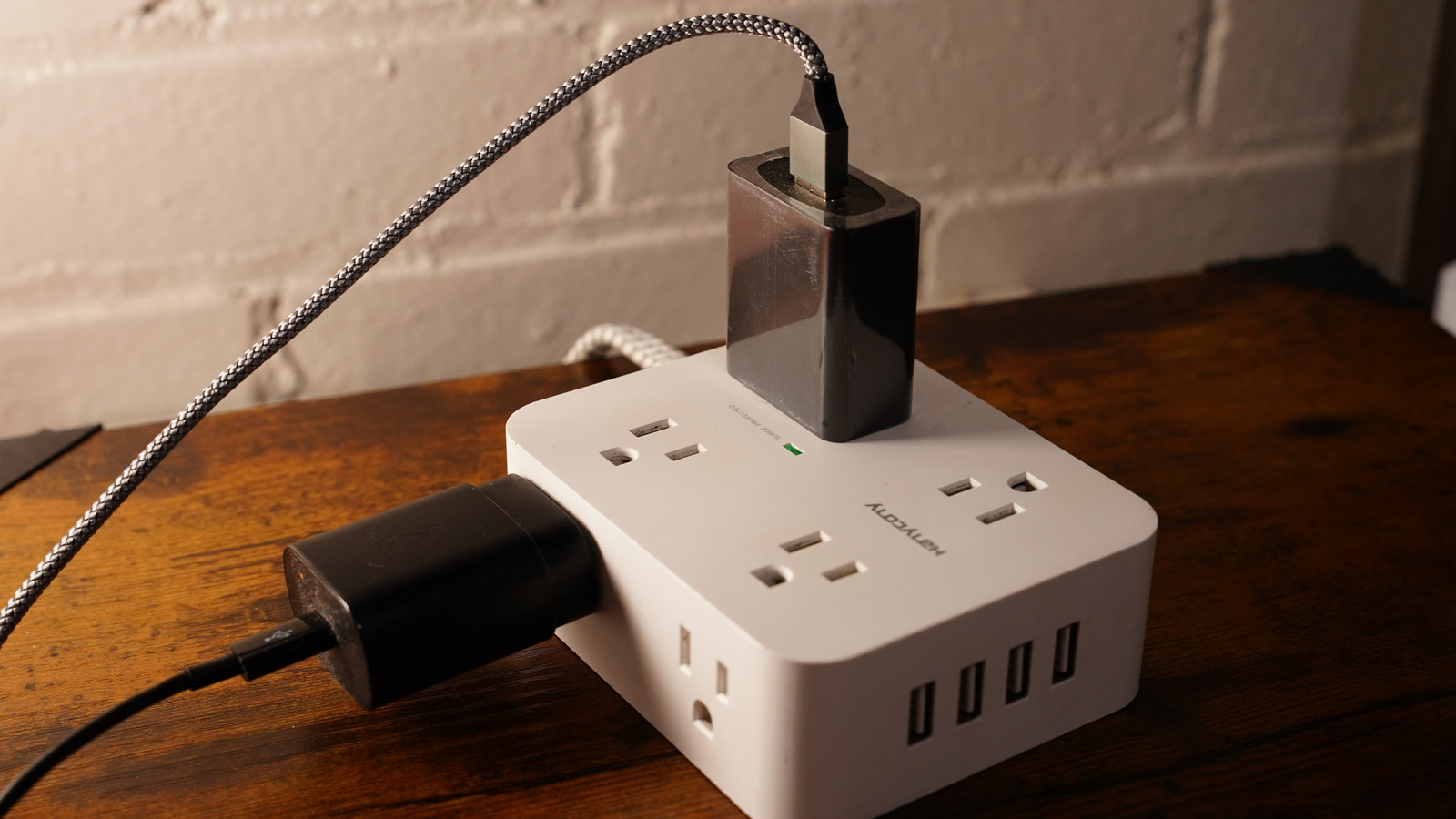









































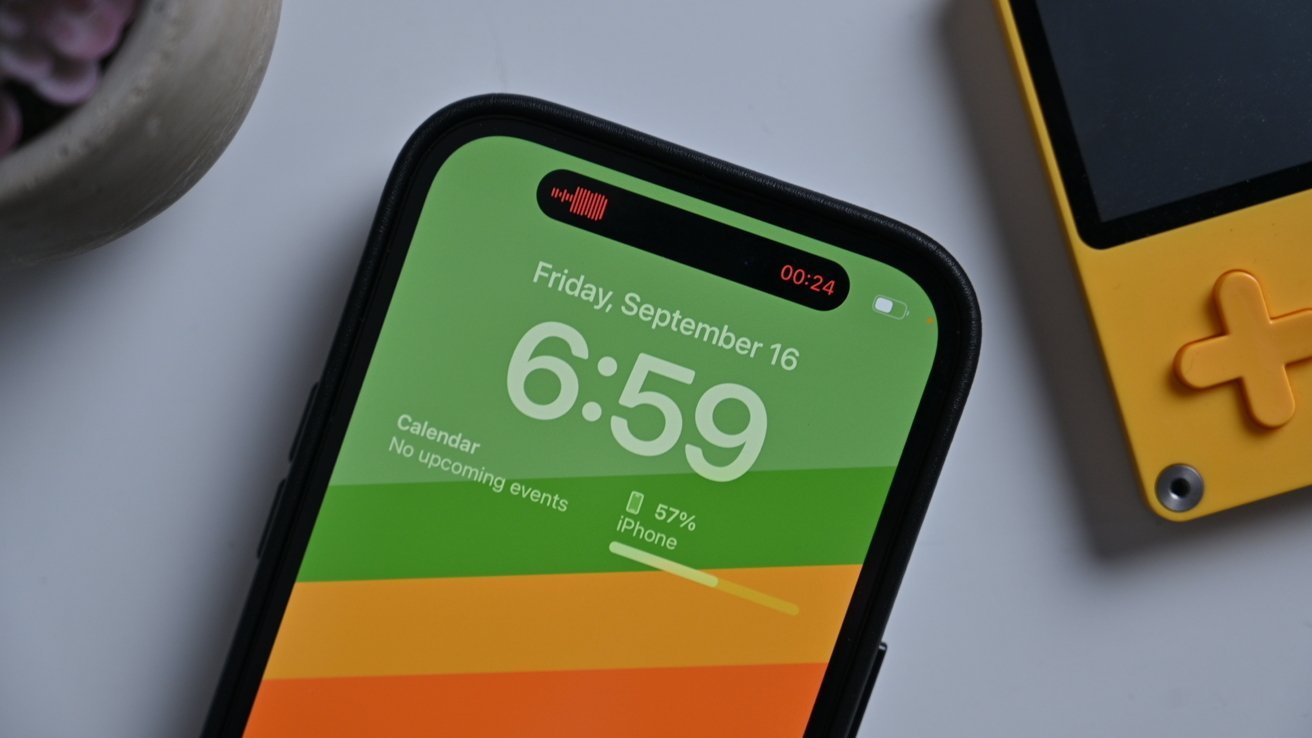
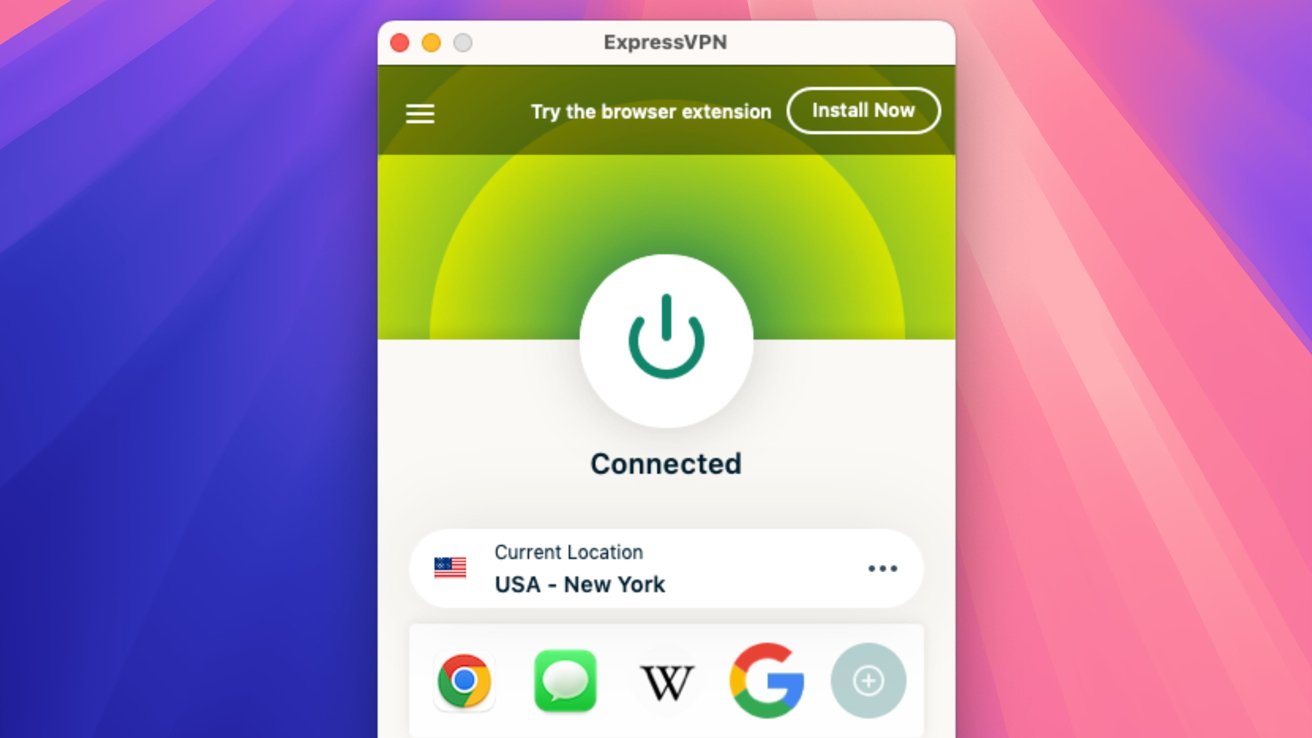



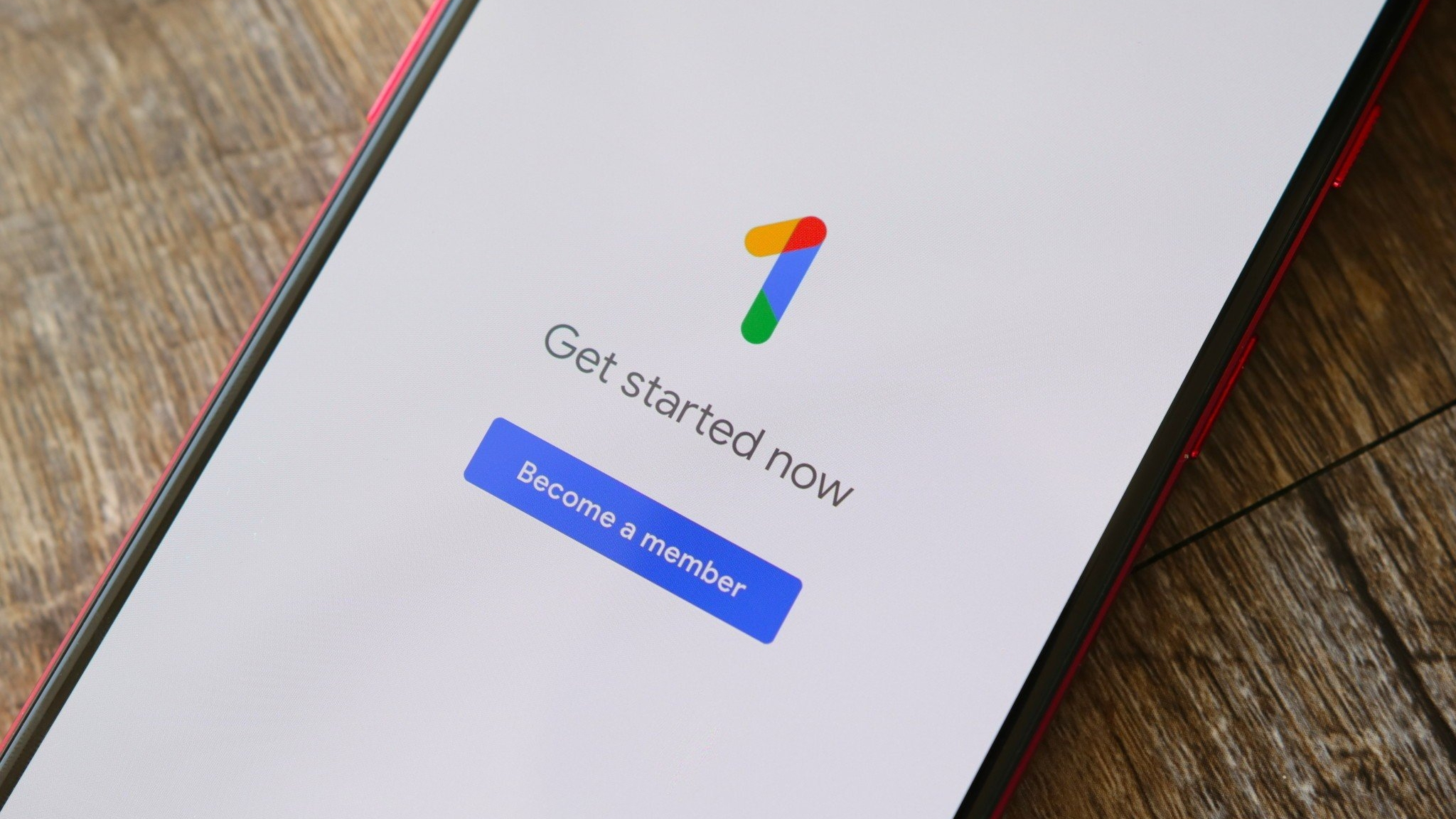



![macOS 15.5 beta 4 now available for download [U]](https://i0.wp.com/9to5mac.com/wp-content/uploads/sites/6/2025/04/macOS-Sequoia-15.5-b4.jpg?resize=1200%2C628&quality=82&strip=all&ssl=1)


















![AirPods Pro 2 With USB-C Back On Sale for Just $169! [Deal]](https://www.iclarified.com/images/news/96315/96315/96315-640.jpg)
![Apple Releases iOS 18.5 Beta 4 and iPadOS 18.5 Beta 4 [Download]](https://www.iclarified.com/images/news/97145/97145/97145-640.jpg)
![Apple Seeds watchOS 11.5 Beta 4 to Developers [Download]](https://www.iclarified.com/images/news/97147/97147/97147-640.jpg)
![Apple Seeds visionOS 2.5 Beta 4 to Developers [Download]](https://www.iclarified.com/images/news/97150/97150/97150-640.jpg)



















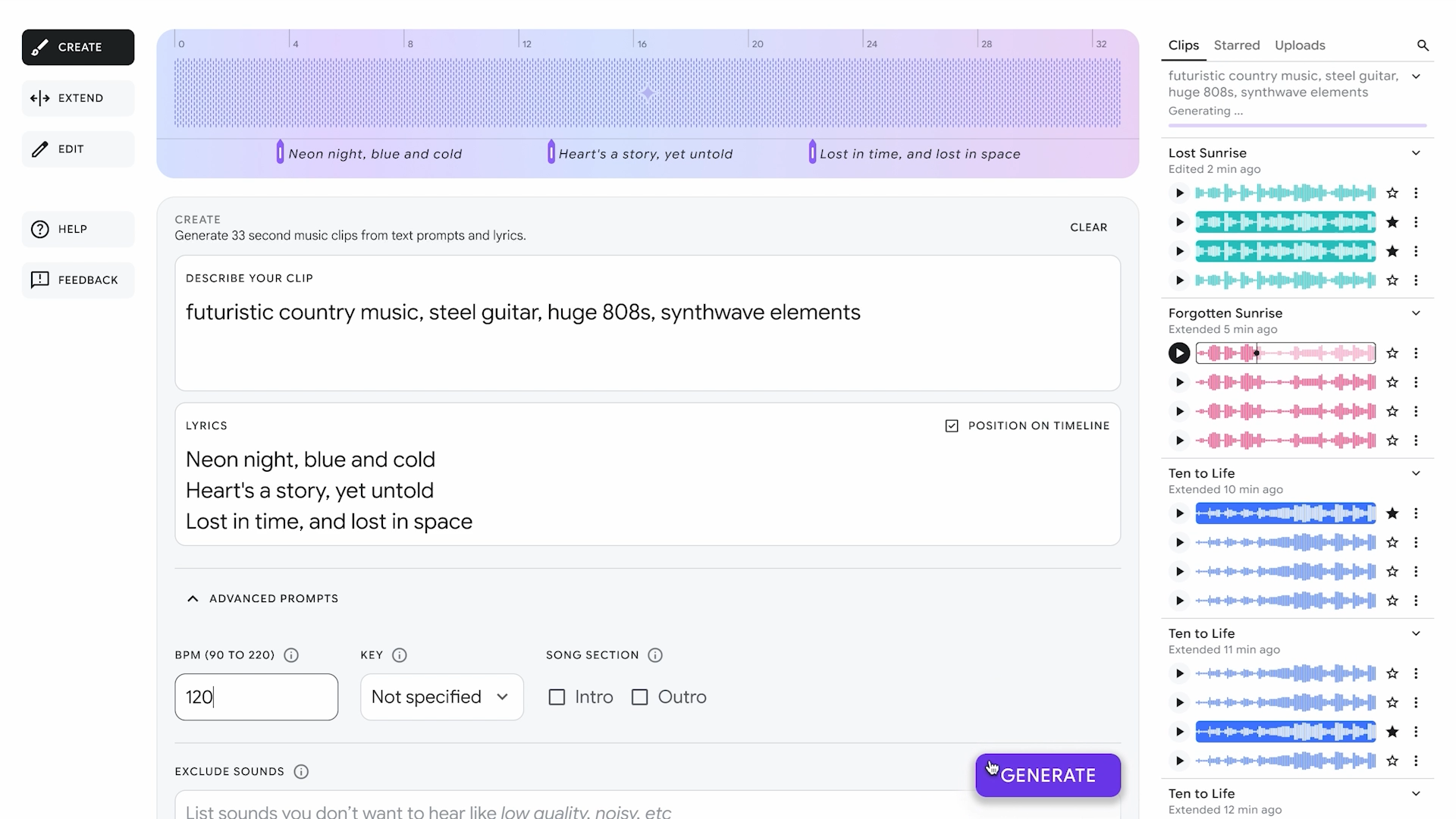

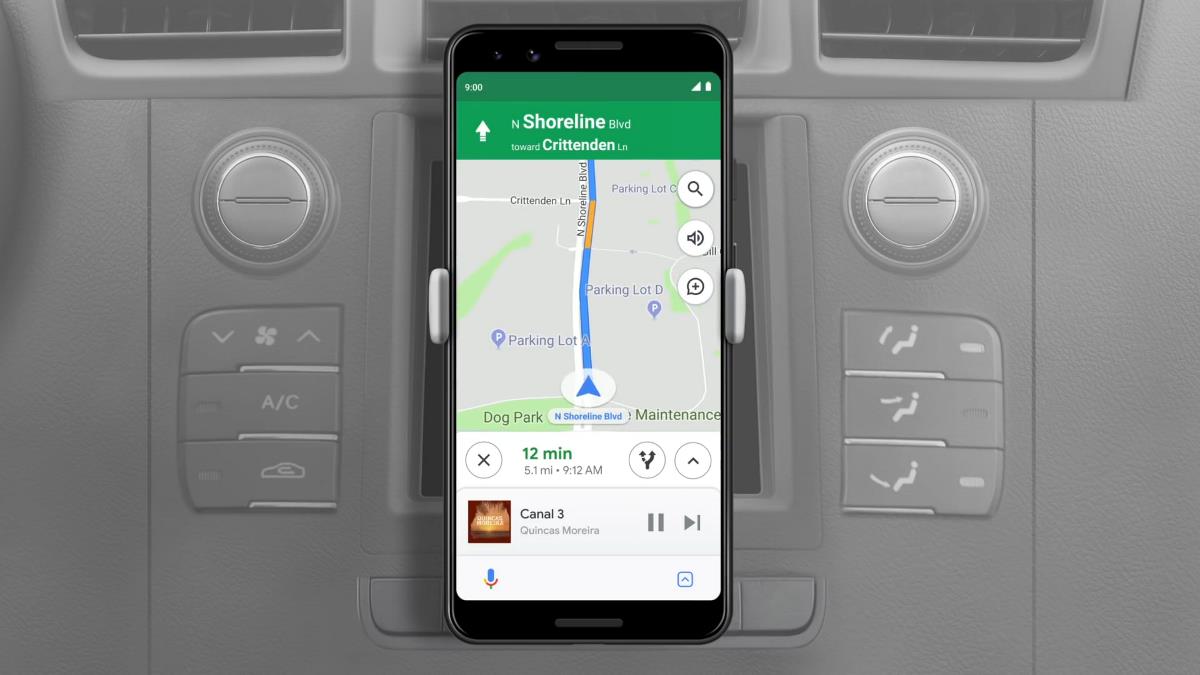


















![Apple Seeds Fourth Beta of iOS 18.5 to Developers [Update: Public Beta Available]](https://images.macrumors.com/t/uSxxRefnKz3z3MK1y_CnFxSg8Ak=/2500x/article-new/2025/04/iOS-18.5-Feature-Real-Mock.jpg)
![Apple Seeds Fourth Beta of macOS Sequoia 15.5 [Update: Public Beta Available]](https://images.macrumors.com/t/ne62qbjm_V5f4GG9UND3WyOAxE8=/2500x/article-new/2024/08/macOS-Sequoia-Night-Feature.jpg)






















































